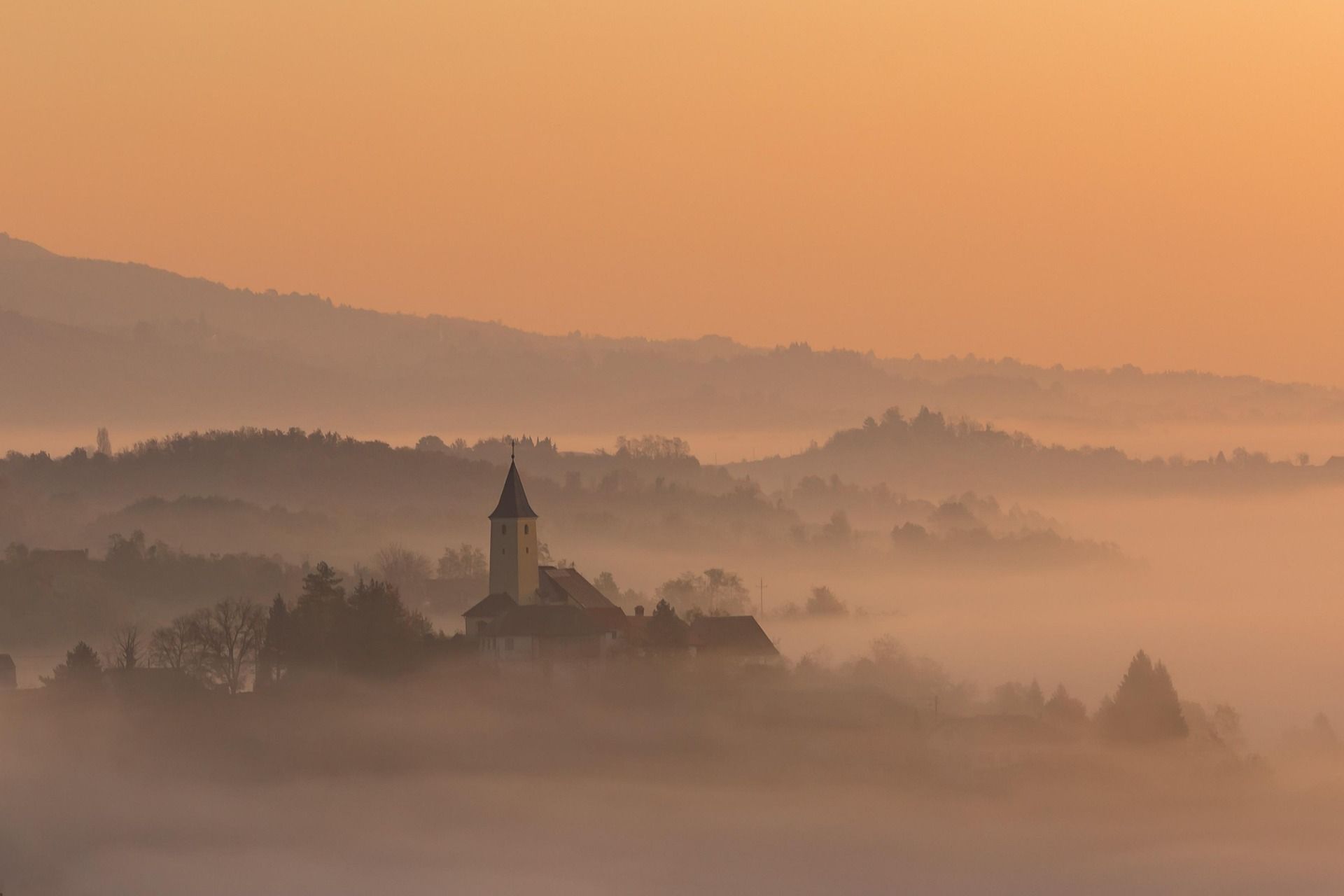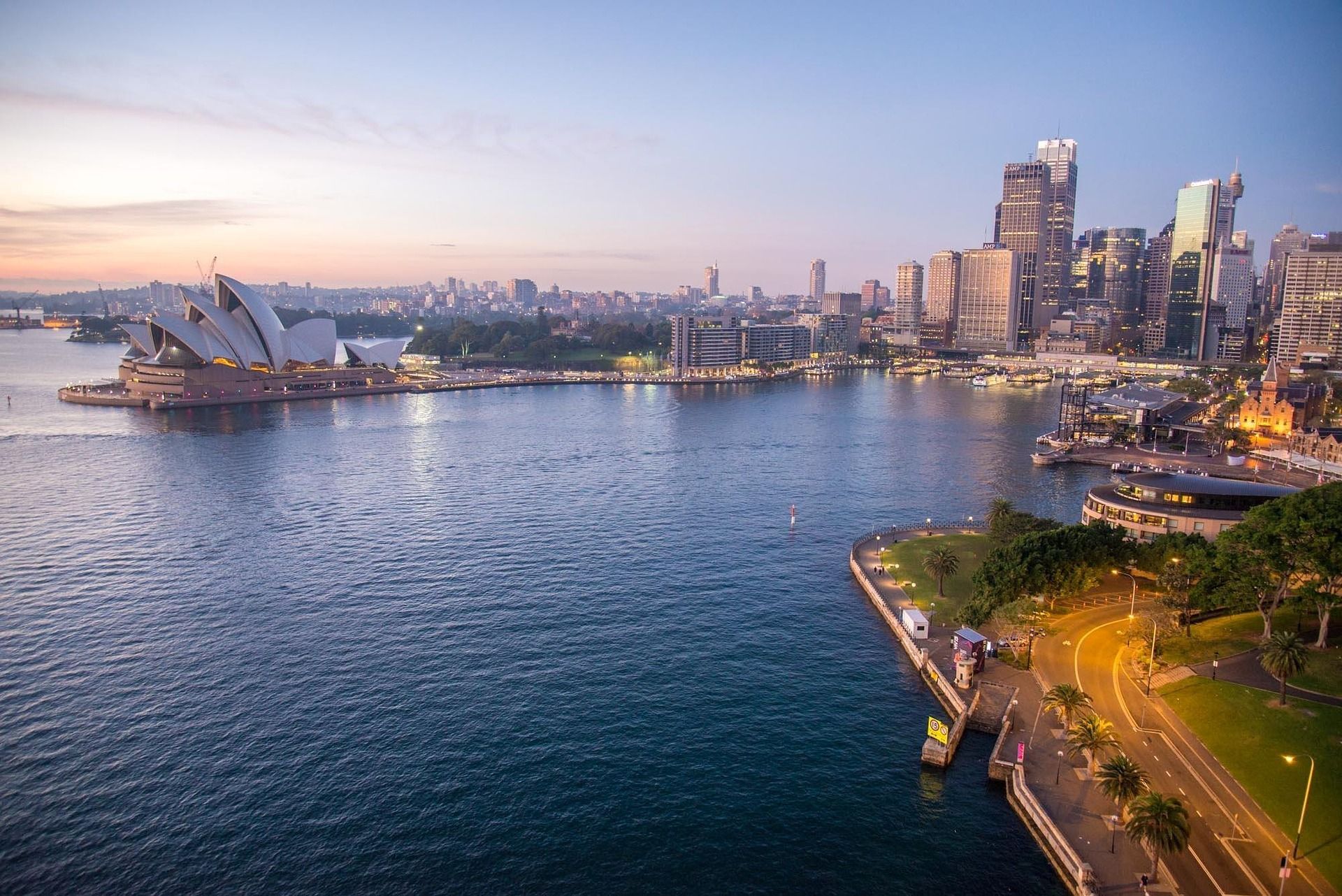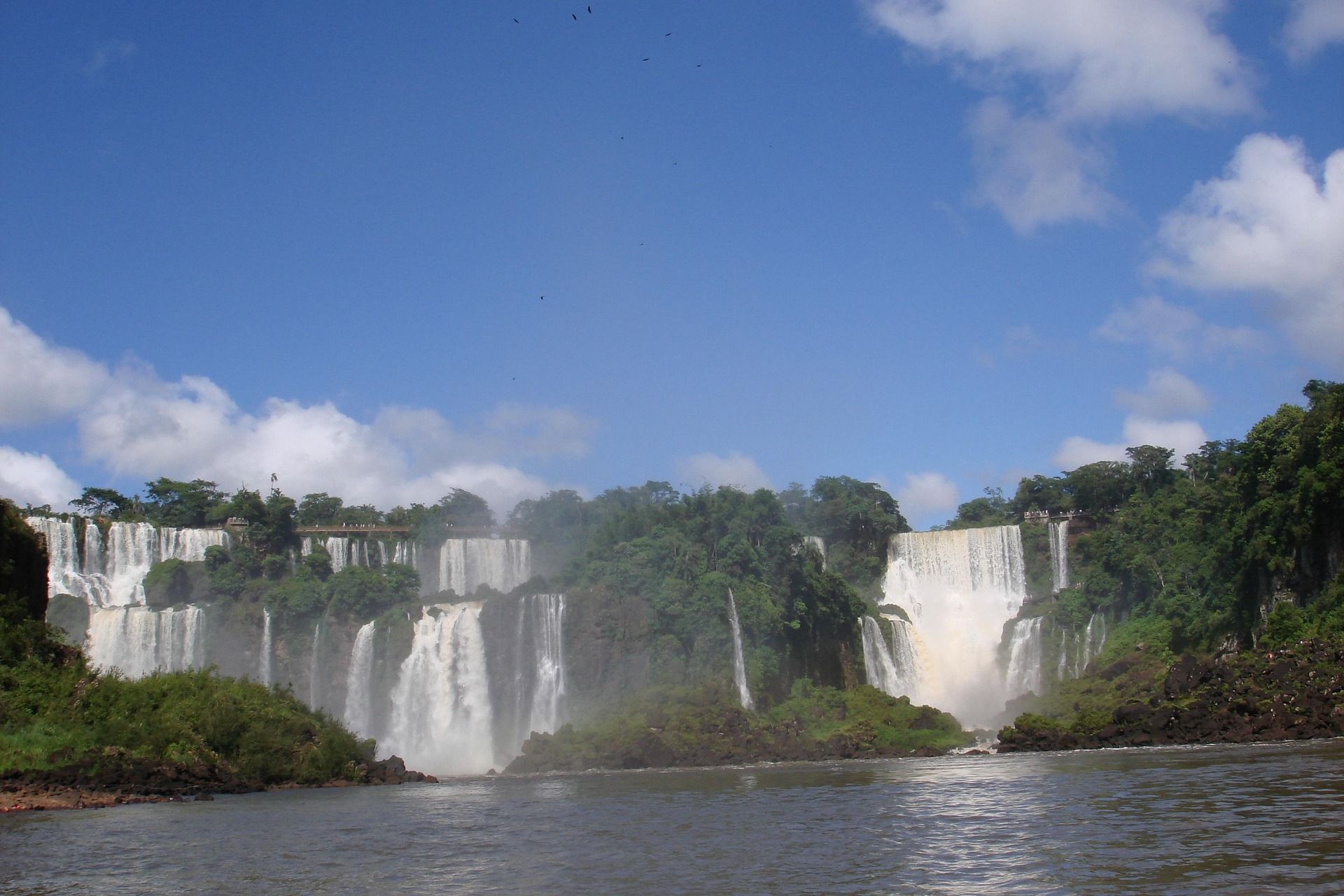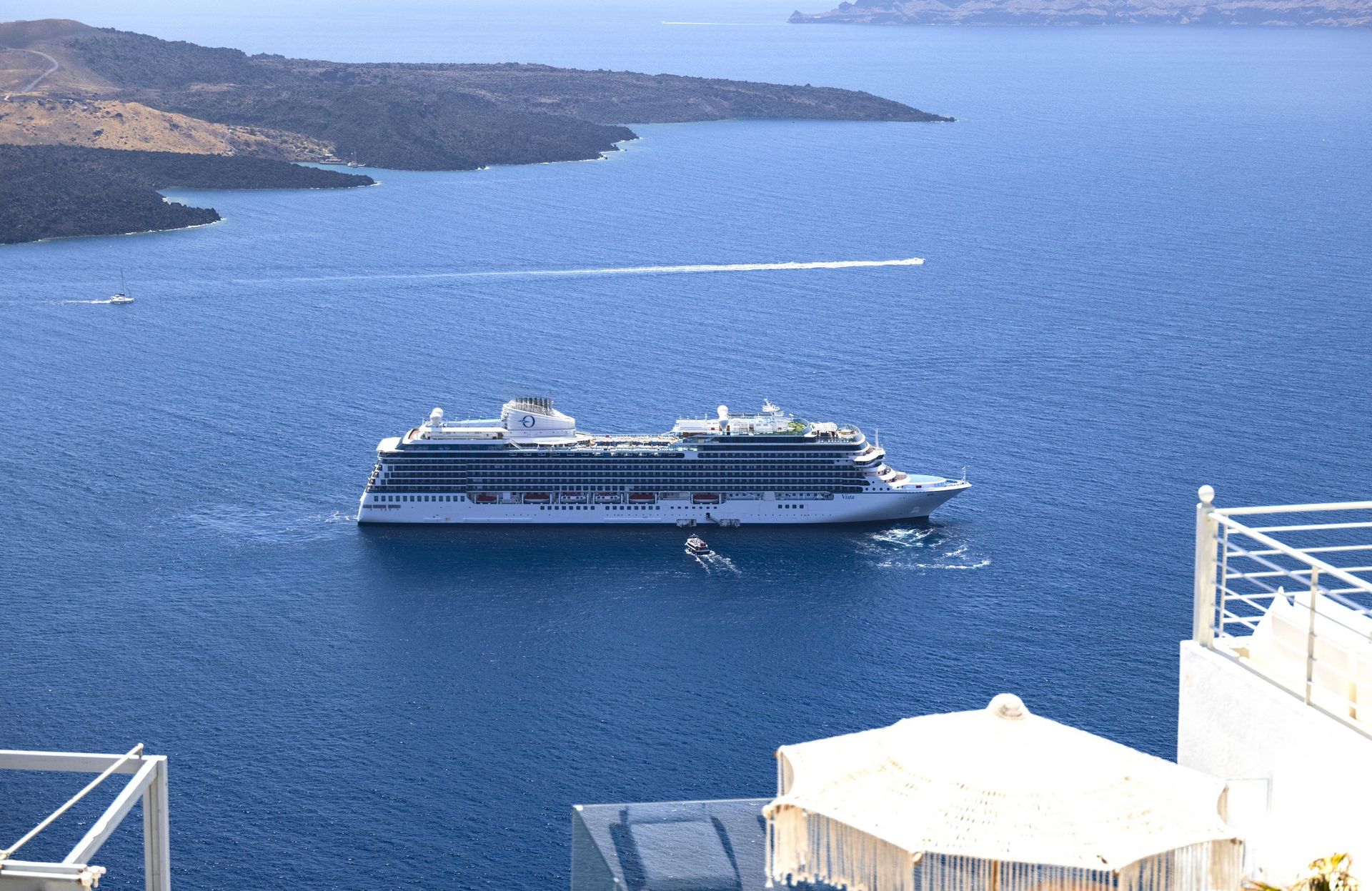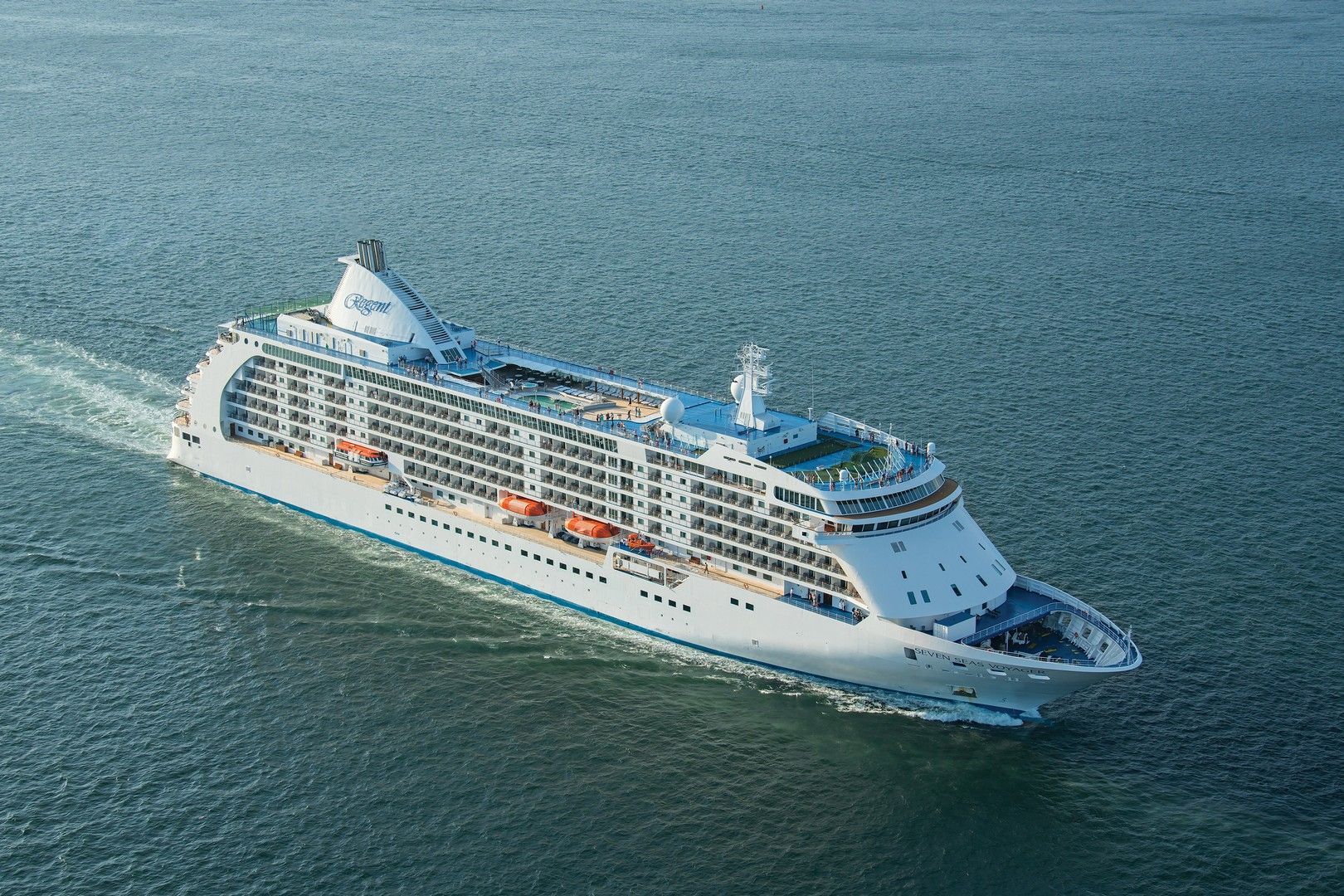CUNARD LINE ANIMAL TRIVIA
CUNARD LINE ANIMAL TRIVIA
Did you know, Cunard have transported many animals over their time so far? From chickens to circus elephants, from race horses to pampered pooches and even a HIPPO has sailed with Cunard.

A regular and somewhat unusual early cargo for Cunard was the transportation of monkeys. Captain William Turner, who captained one of their notable vessels, once humorously compared first-class passengers to a “load of bloody monkeys who are constantly chattering.” This amusing remark certainly invites speculation about whether his experience with these animated primates inspired such a vivid comparison. To delve into this intriguing aspect of maritime history and to discover more fascinating anecdotes about the animals transported by Cunard, read on to learn about the fascinating history of Cunard’s Animals!
CUNARD LINES FLEET
Cunard Line is synonymous with luxury, sophistication, and timeless elegance at sea. Renowned for its rich heritage, Cunard’s iconic fleet offers unforgettable journeys to the world's most captivating destinations. Each ship is a masterpiece of design, combining classic British refinement with modern amenities, ensuring an experience that is both opulent and inviting. From the legendary Queen Mary 2, the world’s only ocean liner, to the majestic Queen Victoria and the contemporary Queen Elizabeth and Queen Anne, Cunard’s ships are celebrated for their impeccable service, fine dining, and world-class entertainment.
View all cruises on Cunard
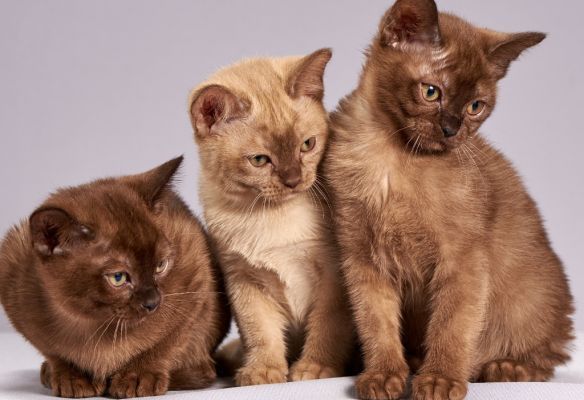
Britannia set off on her first voyage in 1840, embarking on an exciting journey across the vast ocean. Onboard, she had three cats, carefully selected for their exceptional hunting skills, which were put onboard specifically to keep the pesky rats at bay. These feline companions were not just for show; they played a vital role in maintaining the ship's hygiene and ensuring that the crew could travel without the constant threat of vermin. To maintain their effectiveness, the passengers onboard were explicitly forbidden from feeding the cats, as it was feared that this could cause the animals to lose their natural appetite for rats, undermining their primary purpose on the ship.
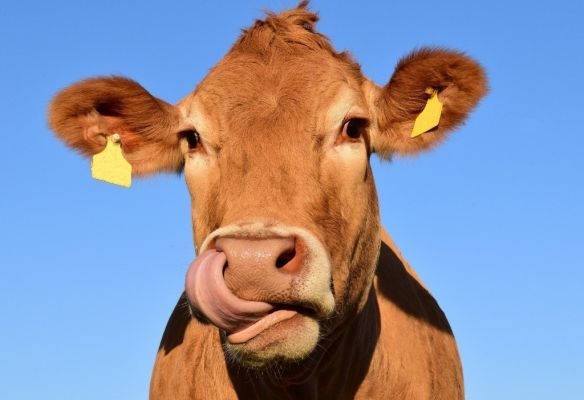
Also in the days of Britannia, it was quite common for a COW to be placed in a harness on deck to provide fresh milk throughout the crossing, ensuring that passengers could enjoy the wholesome taste of dairy during their journey. Poor cow! On the last day of the sailing—after enduring the rolling waves and the sea breeze—the cow would be slaughtered, which was probably a blessing for the cow, as we can’t imagine that cows are particularly good sailors.
This somewhat grim yet pragmatic practice turned out to be a clever marketing ploy for Cunard, as the last meal of the voyage would consist of freshly prepared beef. Passengers would eagerly anticipate this final feast, delighting in the novelty of the experience. They would leave the voyage not just with vivid recollections of their time at sea but primarily with lasting memories of that last delightful dinner onboard.
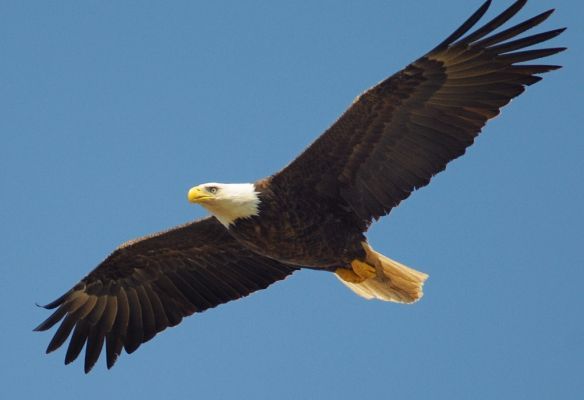
In the 1920s and 1930s, Mr. Ramshaw made at least 21 crossings, each time showcasing his remarkable determination and skill. You might be wondering, who is Mr. Ramshaw? Well, he was a 22-year-old eagle, a magnificent creature soaring through the skies with grace and power. He was housed in a cozy accommodation near the local butcher's shop, where he formed an interesting relationship with the butcher and benefited from unique meals. The butcher's shop regularly supplied him with chicken heads, a prized delicacy that contributed to his strength and adventurous spirit.
The stars of the beloved ‘Miracle Rider’ series, the dynamic duo of Mix and Tony, were no ordinary travelers; they were regular first-class passengers who relished the luxuries that came with their status. Tony, the remarkable horse, was not only a loyal companion but also a skilled performer in the spotlight. To ensure his comfort and safety during their adventures at sea, he was fitted with specially designed rubber shoes. These innovative shoes played a crucial role in preventing him from slipping around on the decks, allowing him to move gracefully alongside Mix as they navigated the exciting escapades that awaited them.
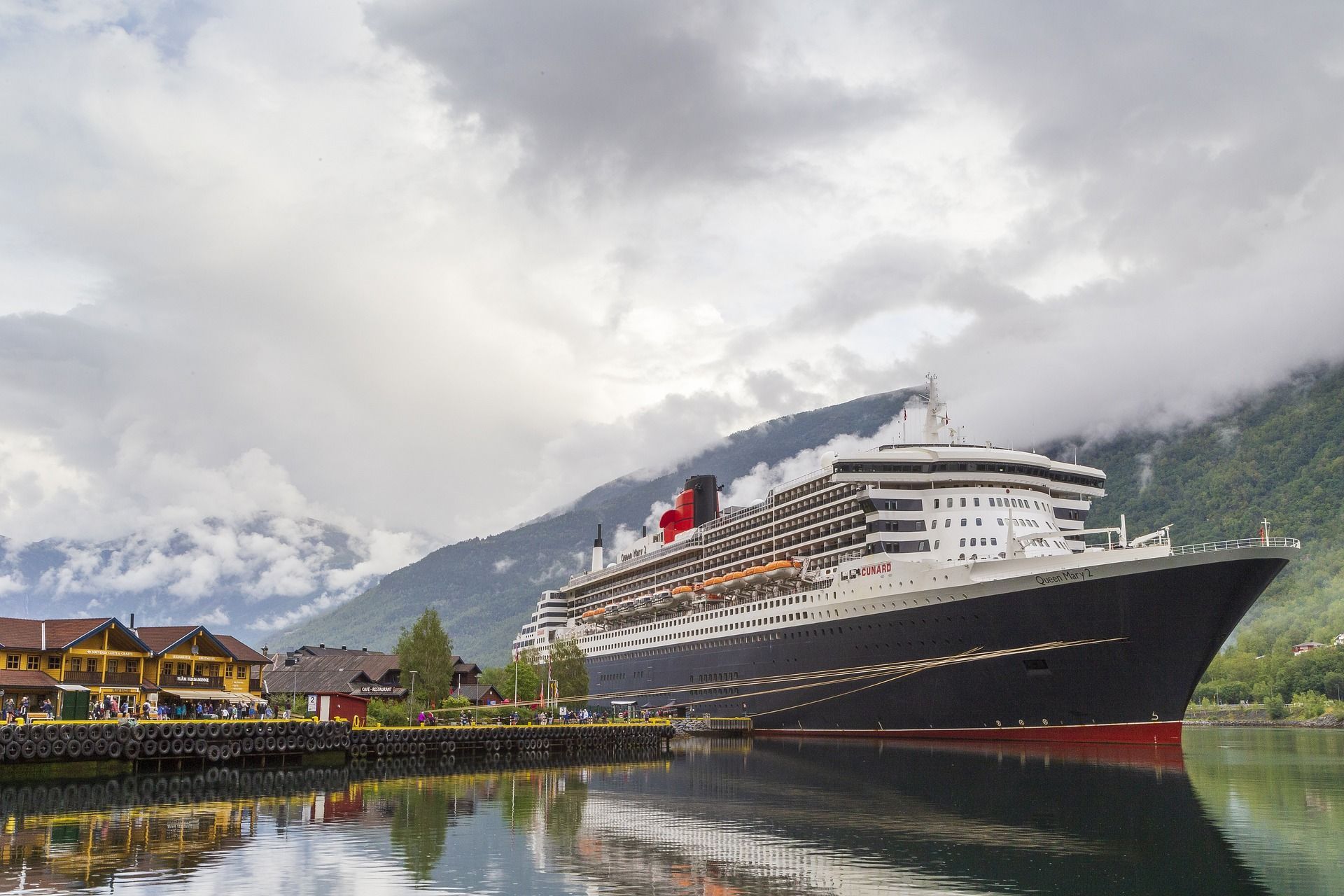
More recently, Pudsey, the charming dog who captured hearts as the winner of Britain’s Got Talent, delighted passengers aboard the iconic Queen Mary 2. This impressive ocean liner, known for its luxurious amenities and storied history, played host to Pudsey, who has become one of the most famous Cunard Line animals in recent times. His performances not only entertained guests but also showcased the incredible bond between humans and their four-legged companions, making for an unforgettable experience on the high seas.
On the majestic Queen Mary, a remarkable total of 26 kennels were constructed, thoughtfully designed in two spacious tiers. These well-appointed kennels featured a luxurious removable teak floor that added a touch of elegance, a skylight that allowed natural light to flood the space, as well as both hot and cold running water to ensure the utmost comfort for the canine passengers. Not to be outdone, the kennels also boasted central heating, creating a cozy haven for dogs during their ocean voyage.
During one particular sailing, the Duke of Windsor observed that it was somewhat disappointing there was no lamp post beside the kennels, and much to everyone’s surprise, a lamp post was promptly installed to enhance the area. Furthermore, Cunard made an even grander gesture on the Queen Mary II by incorporating a fire hydrant, ensuring that American pooches could enjoy the same level of convenience and comfort on their travels.
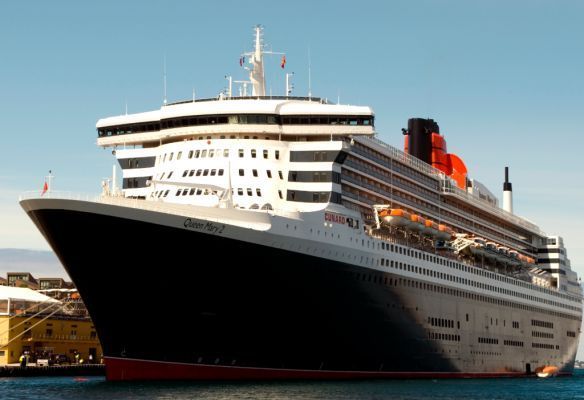
Today, you will not find as many kennels onboard Queen Mary 2 as she now provides just 12 kennels which get booked up months in advance.
In 1922, the illustrious Epsom Derby Winner Papyrus made his way across the Atlantic, sailing aboard the luxurious liner Aquitania to the bustling shores of America. His ultimate destination was the prestigious Kentucky Derby, where he was set to compete against some of the finest thoroughbreds in the country. What made Papyrus's journey particularly unique was the fact that he was allowed to bring with him a supply of bottled beer, as this beverage actually constituted a part of his daily diet to maintain his strength and vitality. This remarkable allowance granted him a special privilege that no other visitor, human or equine, could enjoy, highlighting the unique status of this celebrated racehorse.
A notable feature of the decor on the Berengaria in the 1930s was the charming presence of canaries in ornate cages, which were gracefully hung from the balconies of the restaurant. These vibrant birds added a lively atmosphere to the dining experience, captivating passengers with their cheerful songs. Interestingly, if the ship rolled due to rough seas, the cages were ingeniously designed with special springs that kept them upright, ensuring the canaries remained safe and comfortable. It was the responsibility of the diligent Bellboys to feed these delightful pets, adding to the ship's unique hospitality.
Additionally, another fascinating aspect of life at sea can be found in the story of the Queen Mary on her maiden voyage. During this historic journey, actress Francis Day decided to bring her own chickens aboard, a rather unconventional choice for a luxury liner. Her intention was to ensure she had access to high-quality, fresh eggs throughout the trip, even though the entire voyage lasted just over four days. This whimsical decision exemplified the blending of glamour and practicality that defined the Golden Age of ocean travel.
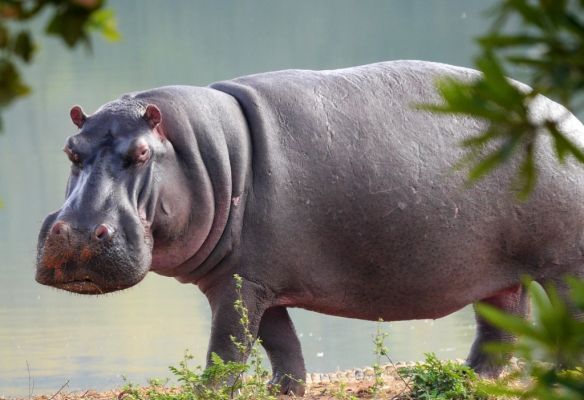
In 1963, a charming hippopotamus made a unique journey, relishing some time on a vessel named Pavia as he traveled from the bustling city of Naples to the serene surroundings of Chester Zoo in England. During this extraordinary voyage, he enjoyed the fresh sea air while comfortably situated on the deck, where an awning was strategically placed over his cage to shield him from the relentless sun. To ensure his comfort throughout the journey, he was treated to a refreshing cold shower every hour, adding a touch of indulgence to his travels and keeping him cool in the warm weather. The remarkable adventure of this hippo not only captivated the crew but also highlighted the importance of animal care even during transit.
Over the years, there have been numerous homing pigeons and migrating birds that, due to unpredictable weather conditions, have been blown off course and unexpectedly found refuge by taking a pew on a Cunard ship. Among these fortunate avian travelers, those who were lucky enough to find a cozy perch on the illustrious Queen Elizabeth II enjoyed a taste of luxury, as they were taken to the ship's hospital, where caring staff treated them to a gourmet feast of smoked salmon and caviar before eventually being released back into the wild. The excitement among the passengers was palpable, as they even took it upon themselves to christen one particular bird ‘Coo E 2,’ eagerly demanding hourly updates on its well-being and adventures. When the magnificent vessel finally arrived in Southampton, ‘Coo E 2’ was met with great anticipation as it was carefully handed back to its grateful owners, who must have been overjoyed to see their feathered friend return home safely.
So there we have it, a fascinating story highlighting just a few of the remarkable animals that have been fortunate enough to travel with Cunard over the years. Each journey is undoubtedly filled with unique sights, sounds, and experiences that must be quite extraordinary from their perspective. We can’t help but wonder—if these animals could talk, how would they describe their adventures? Would they share tales of the ocean breeze, the rhythmic sound of the waves, or perhaps the excitement of meeting new companions on board? It certainly sparks our imagination!
Learn more about Cunard’s
Queen Mary 2
Queen Elizabeth,
Queen Victoria and
Queen Anne
CUNARDS HISTORIC FLEET
Here is a list of Cunard Line's ships from its inception, along with their launch years. This includes the ships that contributed to Cunard's illustrious history of transatlantic voyages and global exploration.
19th Century
- Britannia – Launched in 1840
- Acadia – Launched in 1840
- Caledonia – Launched in 1840
- Columbia – Launched in 1841
- Hibernia – Launched in 1843
- Cambria – Launched in 1845
- America – Launched in 1848
- Niagara – Launched in 1848
- Canada – Launched in 1849
- Asia – Launched in 1850
- Africa – Launched in 1850
- Europa – Launched in 1852
- Persia – Launched in 1855
- Scotia – Launched in 1861
- Russia – Launched in 1867
Early 20th Century (The Golden Era)
- Campania – Launched in 1892
- Lucania – Launched in 1893
- Carpathia – Launched in 1902 (Famous for rescuing Titanic survivors)
- Carmania – Launched in 1905
- Mauretania – Launched in 1906
- Lusitania – Launched in 1906
- Aquitania – Launched in 1913
- Franconia – Launched in 1910
- Andania – Launched in 1913
Mid 20th Century (Iconic Ocean Liners)
- Queen Mary – Launched in 1934
- Queen Elizabeth – Launched in 1938
- Caronia – Launched in 1947 (The "Green Goddess")
- Sylvania – Launched in 1956
Late 20th Century to Present
- Queen Elizabeth 2 (QE2) – Launched in 1967 (The most famous modern liner, now a hotel in Dubai)
- Queen Mary 2 (QM2) – Launched in 2003 (The only operational ocean liner today)
- Queen Victoria – Launched in 2007
- Queen Elizabeth (QE) – Launched in 2010
- Queen Anne – Launched in 2024
Cunard's fleet has evolved through the centuries, from the small paddle steamers of the mid-1800s to the grand ocean liners of today, all while maintaining its legacy of innovation, luxury, and impeccable service.




